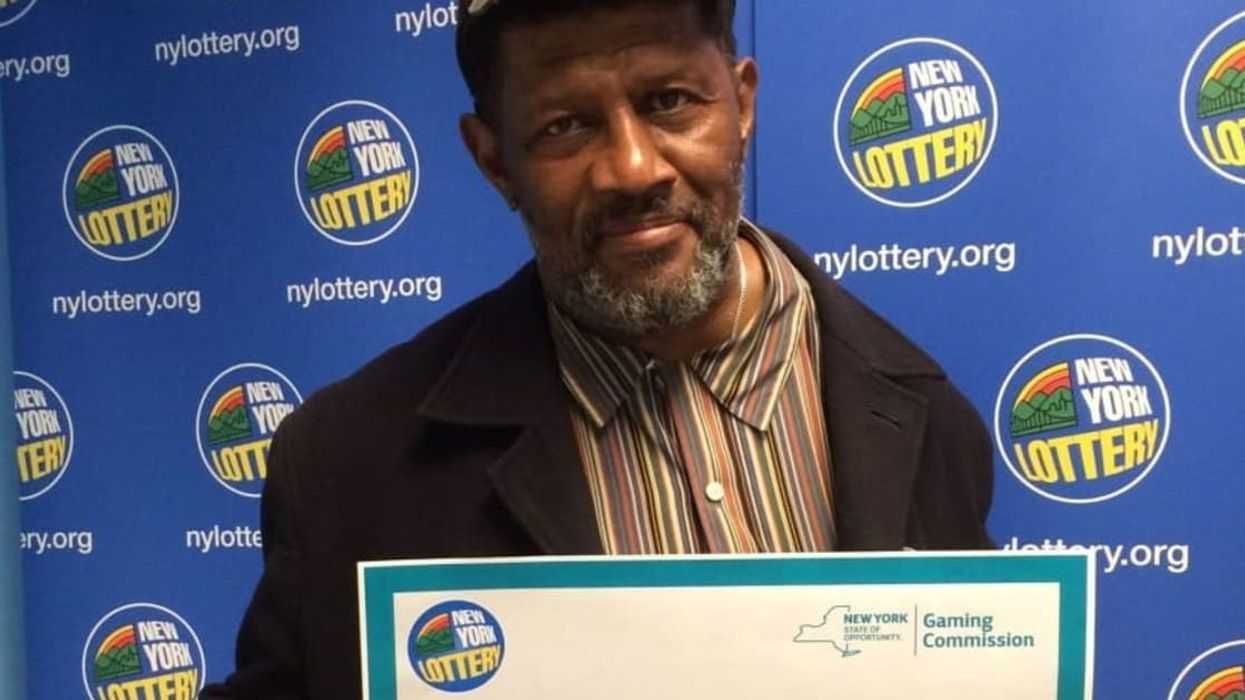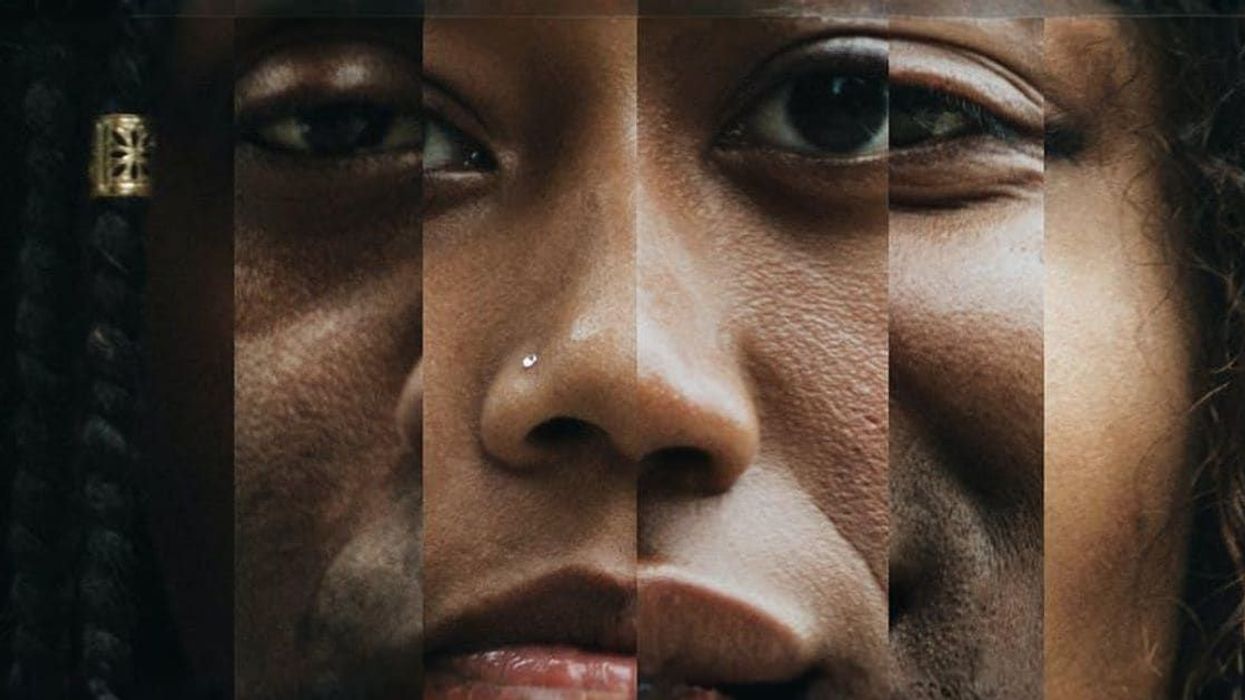You don’t have to be a student of the game to understand why being tall would be a big asset in pursuing a basketball career. But as history has shown us, more height doesn’t necessarily mean more success. In fact, the tallest players in the game (most of the players 7’4” and up) had middling to mediocre careers; their height a hindrance in terms of mobility, strength, and career durability.
This is taken largely as fact with so many cases supporting the school of thought. Yet that does very little to keep people from getting really fired up about ridiculously tall players in the hopes that they’re an exception. Even savvy GMs have been lured into drafting towering players with remedial skills in the hope they develop into a low-post juggernaut.
That’s exactly where we find ourselves with the high school career of Robert Bobroczky, a 7’7” 16-year-old who spent the past two years in Italy and now trains and studies stateside at the SPIRE Academy, an international institute that serves to develop career athletes.
In addition to his height, he’s got a compelling pedigree. His father played basketball for the Romanian national team. However, questions abound regarding not just the kid’s viability in the college or pro game, but also his health in general. People this tall often suffer from genetic diseases, disorders, or predispositions to injury. Standing at a reed-thin 195 pounds, his mentors hope to beef him up to 215 (still alarmingly thin for someone of Bobroczky’s stature) by next season. He’s been the subject of medical attention his entire life, and the prevailing opinion is that he’s just really, really tall due to genetics, rather than a hormonal issue.
This year-old video shows not only his mind-boggling size, but also his tremendous awkwardness on the court, most notably in his gait and movement up and down the floor.
More recent videos show that his movement has been improved, but not completely fixed. According to an AP profile on the prospect, his appearance and mechanics aren’t as alarming as they may appear:
“The problem with his hips is normal for someone of his height,” [physiotherapist Daniele] Comandini said. “He grew so rapidly that his hips don’t correspond with the other bones yet.”
While scouts are no doubt salivating over the notion of what Robert Bobroczky could become, the plan is to bring him along slowly...for now. Speaking to the New York Post, Bobby Bossman, his coach at the Spire Institute, says, “We’ll use him every now and then. Next year, he’s going to be full go from the tip.”
With so many questions surrounding his potential and health, Bobroczky’s just trying to live like a normal 16-year-old. He’s Skyping with his parents regularly and dominating his academics with a 4.3 GPA. He’s also fluent in Romanian, English, Hungarian, and Italian. With a background like that, “Big Rob” has high hopes for a life with or without basketball.
His coach shared a refreshing philosophy towards Robert’s development. “I tell him, I don’t care if you score a point or grab a rebound. We want you to be comfortable, we want you to have fun, and everything else will take care of itself,” he said.
Of course, “comfortable” might be a relative term for this young giant who continues to rise.


















 Screenshots of the man talking to the camera and with his momTikTok |
Screenshots of the man talking to the camera and with his momTikTok |  Screenshots of the bakery Image Source: TikTok |
Screenshots of the bakery Image Source: TikTok | 
 A woman hands out food to a homeless personCanva
A woman hands out food to a homeless personCanva A female artist in her studioCanva
A female artist in her studioCanva A woman smiling in front of her computerCanva
A woman smiling in front of her computerCanva  A woman holds a cup of coffee while looking outside her windowCanva
A woman holds a cup of coffee while looking outside her windowCanva  A woman flexes her bicepCanva
A woman flexes her bicepCanva  A woman cooking in her kitchenCanva
A woman cooking in her kitchenCanva  Two women console each otherCanva
Two women console each otherCanva  Two women talking to each otherCanva
Two women talking to each otherCanva  Two people having a lively conversationCanva
Two people having a lively conversationCanva  Two women embrace in a hugCanva
Two women embrace in a hugCanva 
 A reddit commentReddit |
A reddit commentReddit |  A Reddit commentReddit |
A Reddit commentReddit |  A Reddit commentReddit |
A Reddit commentReddit |  Stressed-out employee stares at their computerCanva
Stressed-out employee stares at their computerCanva
 Who knows what adventures the bottle had before being discovered.
Who knows what adventures the bottle had before being discovered. 
 Gif of young girl looking at someone suspiciously via
Gif of young girl looking at someone suspiciously via 